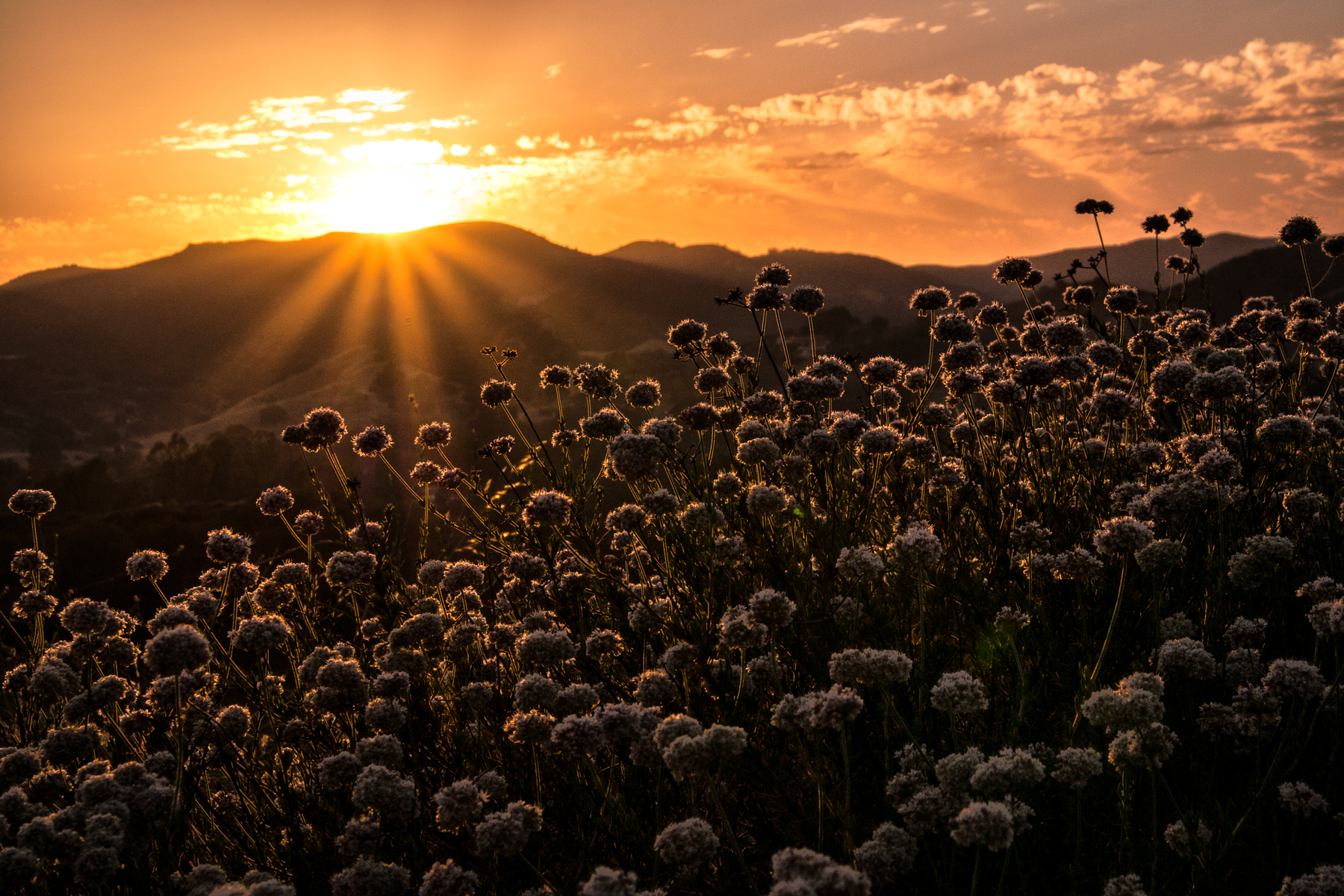Why You Should Stop Paying Attention To The Focal Point Of Your Images
I recently found myself standing in front of a stunning vista in the Santa Monica Mountains. It was June 21, 2014. The Summer Solstice. And the sun was just about to set behind the mountains, leaving a beautiful show of colors and clouds and reflections and highlights and vivid shadows in it’s wake. There was another group of photographers at the other end of the overlook and they were doing what most photographers first instinct is to do…pay full attention to the focal point of their image, the subject they wish to draw attention to, and everything else came secondary.
In this case, the focal point was the sun.
The images they got weren’t bad, they were wonderful images of the sun over the mountain range, but, well, that’s exactly the image that most people would expect to see, meaning, in essence, they weren’t very unique for the situation. For months, I’ve been tackling how to avoid this sort of image and so far my conclusion is, well, to avoid the focal point and subject of my image and, somehow, find a way to make that secondary.
Make the sun secondary during a sunset shot? Huh? Let me explain.
When I saw that group of photographers standing in a row next to each other, I couldn’t help but distance myself as far from them as possible. As a matter of fact, I went to the complete opposite end of the overlook. That was the first thing I did that I knew would differentiate my image from theirs, for better or for worse. The next thing I did was drop from eye level and look for a foreground subject. As soon as I dropped to ground level, I ran across a sagebush and it was impossible to ignore the highlights bouncing off the tops of the drying buds. They were stunning and I knew immediately this had to be incorporated into the image. This is an aspect of my final image that I would have completely missed had I joined the other photographers, an aspect that all of those standing eye level at the other end of the overlook had no idea even existed.
I’m not in any way claiming my image was better, or more original than theirs, nor am I claiming that I have any sort of secret to making good images. That's obviously in the eye of the beholder. All I’m claiming is that by simple physics, the fact that I consciously chose a different vantage point, made my image at least different than the other photographers there. And I personally liked what I came away with. And that’s at least a good first step towards a goal of finding uniqueness amongst a saturated photographer world out there.
Had I joined the group, yes, no doubt I would have ended up with a very nice Summer Solstice sunset image, it would have been hard not to in that location at that time. But would I have ended up with this one? One I’m MUCH happier with? No. I wouldn’t have. The interplay between the sun setting behind the hills, and the highlights of that final light of the day bouncing off the tips of the sagebrush adding a sense of scale and depth that otherwise would have been missing, are what I feel helps this image stand apart from just focusing on the sunset itself.
So the point here is basically to not settle for the obvious. You know that option is there, so you can always return to it if all else fails, but don’t be sedentary. Duck and dodge and move and try different things. Try to focus first on finding a foreground or an element that would normally be overlooked - the bark of a tree, the petals of a flower, the dust being kicked up by the wind - whatever other elements exist, are all parts of that landscape, and can all help in adding another dimension to what the main focus of the image was originally supposed to be.
In other words...play!
The image above was taken with a Samsung NX30 and a Samsung 18-200mm lens.
For more of my madness: Instagram: @wasimofnazareth Twitter: @wasimofnazareth Google+: www.Google.com/+WasimMuklashy Facebook: www.Facebook.com/WasimOfNazareth

